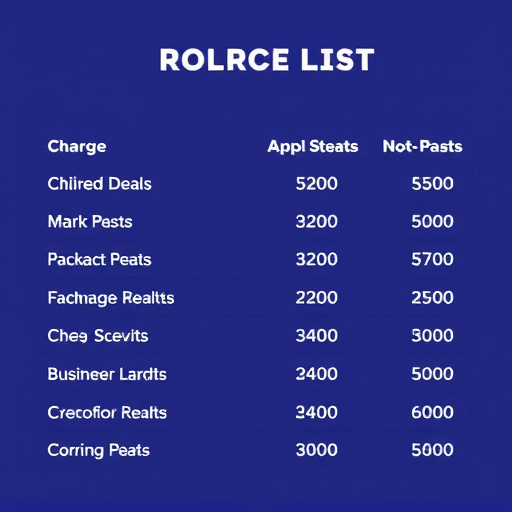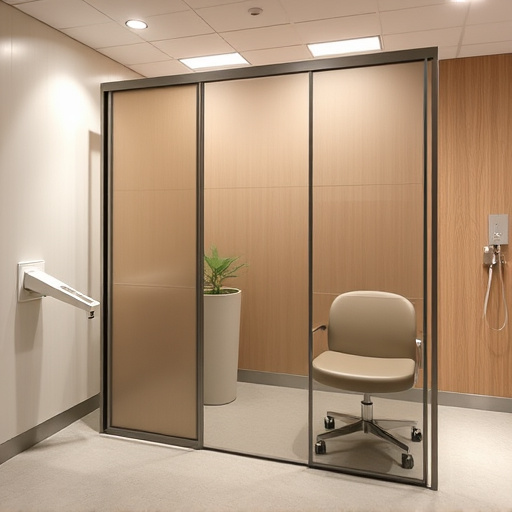Legal cold air intake (CAI) systems, approved by California Air Resources Board (CARB), are essential for cleaner air quality and engine performance. These systems draw cool, dense air from outside the engine, improving combustion efficiency and reducing harmful exhaust gases while maintaining stringent safety standards. Designing CAIs requires balancing CARB regulations with optimal engine performance, focusing on specific mass flow rates, temperature, durable materials, and minimal turbulence to ensure emission compliance without sacrificing power gains for eco-conscious drivers.
“Uncover the power of CARB-approved intake designs, a game-changer in the automotive industry. This comprehensive guide explores the intricacies of these advanced systems, focusing on their role in reducing vehicle emissions.
Legal cold air intake (CAI) systems are not just performance upgrades; they play a vital part in meeting environmental standards. We’ll delve into the key considerations for designers, ensuring compliance while enhancing engine efficiency. From understanding CARB regulations to selecting optimal materials, this article is your map through the landscape of emission-compliant intakes.”
- Understanding CARB Approved Intake Designs: A Comprehensive Guide
- The Role of Legal Cold Air Intake Systems in Emissions Control
- Key Considerations for Designing Emission-Compliant Intake Systems
Understanding CARB Approved Intake Designs: A Comprehensive Guide

CARB-approved intake designs are a crucial aspect of ensuring your vehicle’s compliance with California Air Resources Board (CARB) regulations, specifically in relation to legal cold air intake systems and emissions control. These designs play a pivotal role in managing and reducing harmful exhaust gases, thereby promoting cleaner air quality. By understanding the intricacies of these approvals, automotive enthusiasts and professionals can make informed decisions when it comes to enhancing engine performance while adhering to environmental standards.
The process involves rigorous testing and evaluation to meet stringent criteria for both efficiency and safety. CARB-approved intake systems are designed to optimize airflow, providing a direct path for cold air to enter the engine, thus improving combustion and reducing emissions. This comprehensive guide aims to demystify the requirements, ensuring that modified vehicles remain legal and environmentally friendly.
The Role of Legal Cold Air Intake Systems in Emissions Control

Legal cold air intake (CAI) systems play a significant role in modern vehicle emissions control, especially with the increasing stringency of environmental regulations. Unlike aftermarket intakes that may prioritize performance gains, CARB-approved CAI designs are engineered to ensure vehicles meet strict emission standards while maintaining optimal engine performance. These systems work by drawing in cooler air from outside the engine compartment, which is then directly fed into the combustion chamber. Cooler air is denser and contains more oxygen molecules, enabling a more efficient burning process that reduces harmful emissions.
By promoting a healthier air-fuel mixture, legal CAI systems help vehicles achieve better fuel economy and lower greenhouse gas emissions. They also contribute to improved throttle response and overall engine performance, making them a popular upgrade among eco-conscious drivers. Moreover, with their ability to enhance airflow without compromising emission control, these intakes offer a balance between power gains and environmental responsibility.
Key Considerations for Designing Emission-Compliant Intake Systems

When designing legal cold air intake (CAI) systems for emission-compliant vehicles, several key considerations come into play. First and foremost, it’s crucial to understand the specific regulations and standards set by CARB (California Air Resources Board) to ensure the CAI does not contribute to increased emissions or negatively impact engine performance. This involves careful planning to meet both mass flow rate requirements and temperature restrictions, ensuring cold, clean air is supplied directly to the engine.
Material selection is another vital aspect; choosing durable, high-quality components that can withstand harsh environmental conditions while maintaining their integrity is essential. Additionally, designing for efficient airflow and minimizing turbulence helps optimize engine performance and fuel efficiency, ensuring the CAI enhances overall vehicle emissions compliance rather than compromising it.
CARB-approved intake designs play a pivotal role in balancing performance and environmental compliance. By understanding the regulations and incorporating key considerations, manufacturers can create legal cold air intake systems that not only reduce emissions but also enhance engine efficiency. This comprehensive guide highlights the importance of these designs in today’s market, ensuring both ecological stewardship and optimal vehicle performance.














